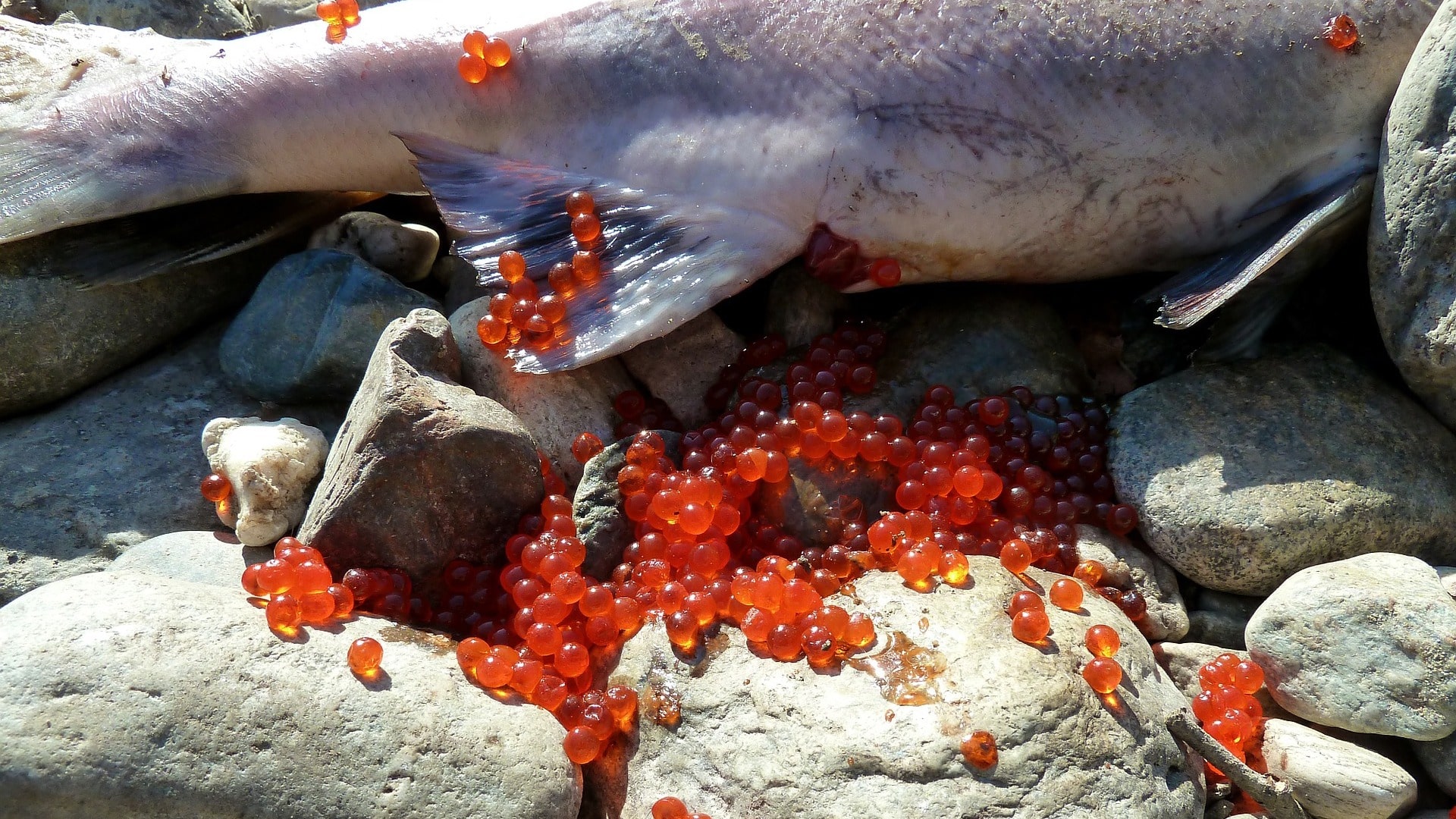Last week the Minister responsible for Fisheries and Oceans Canada, Hon. Jonathan Wilkinson, had to announce that only 13% of the sockeye the federal Ministry expected to enter the Fraser River system had actually showed up.
It’s another chapter in a the epic tragedy of the disappearing salmon. They said the sockeye run this year would near 5 million fish. Just slightly more than 600,000 have come home. There is a lot of blame to go around. Seemingly, there are more excuses for the situation than actual fish in the river.
Many of the causes they point to are legitimate problems: climate change, marine heat waves, the provincial liquidation of forests and unimpeded destruction of watersheds, and so on. There is also the other problem that we raised with the Minister: they can’t count. It’s not that the people at the Department of Fisheries and Oceans can’t actually count, but rather they are woefully under-resourced so their ability to get accurate numbers is incredibly restricted.
Accounting for dwindling stock assessments
If you have been following this tragedy closely, then you may remember a story in the Globe and Mail last October about a letter written by public servants to their managers complaining they don’t have the resources to complete proper stock assessments. One relief in the story was that the Fraser River sockeye counts were well resourced. Well it appears we should be questioning that as well.
I do not doubt for one second that the current Liberal government inherited a gutted fisheries ministry. Stephen Harper all but destroyed fisheries, oceans and environmental policy. When he was done with it, it looked like the burning Amazon. That said, the steady decline of salmon stocks overseen by successive federal and provincial governments cannot be overlooked.
We’ve seen this before
Salmon is a major focus of my work. I’ve spoken to hundreds of people in the past 24 months about this issue and not once have I heard anyone applaud the work of the DFO over the decades of managing salmon. It’s almost as if they are taking what they learned from the collapse of the cod fishery on the east coast and they are applying the same mistakes (instead of the lessons) on the west coast.
When it comes to the province, I can’t say we have done any better. Resource mismanagement and the deliberate choice to embrace aquaculture over wild fish in the early 2000’s is devastating. Clearcuts are drying out salmon creeks, road construction is cutting off pristine salmon habitat, municipal development is degrading water quality, agriculture waste is running into sensitive ecosystems and draining critical wetlands, and on and on and on.
We might look to this situation and throw our hands in the air proclaiming that we are too late, dooming the Pacific salmon to extinction. All these pointing fingers and excuses equal too many challenges to overcome, so why bother.
I can’t sugarcoat this post. It does not end with a cheery suggestion to just eat less fried food, meditate more and go for a morning walk before a robust yoga practice.
Missing good salmon policy
Like I have repeated, good salmon policy is good environmental, social and economic policy. I also believe the opposite is true, bad salmon policy is bad environmental, social and economic policy. If we walk away from the salmon now then we are essentially walking away from ourselves. The natural environment that sustains salmon is the same natural environment that sustains humans. As my W̱SÁNEĆ ancestors knew so well, the two will forever be together.
Now we see the Minister scrambling around to re-announce investments in salmon habitat and stock restoration to smooth out the pain. But, this has been the problem all along: too much politics and not enough governance. Politicians have been pandering to all the vested interests fighting over who gets to gut the last salmon, not actually governing and not making decisions that are in the interest of the salmon and, by extension, the public interest. I don’t suspect we can expect to see less politicking in the next two months. Once this federal election is over though, whoever gets the rotting corpse must get together with their provincial counterparts (all six of them) and get to governing.


0 Comments